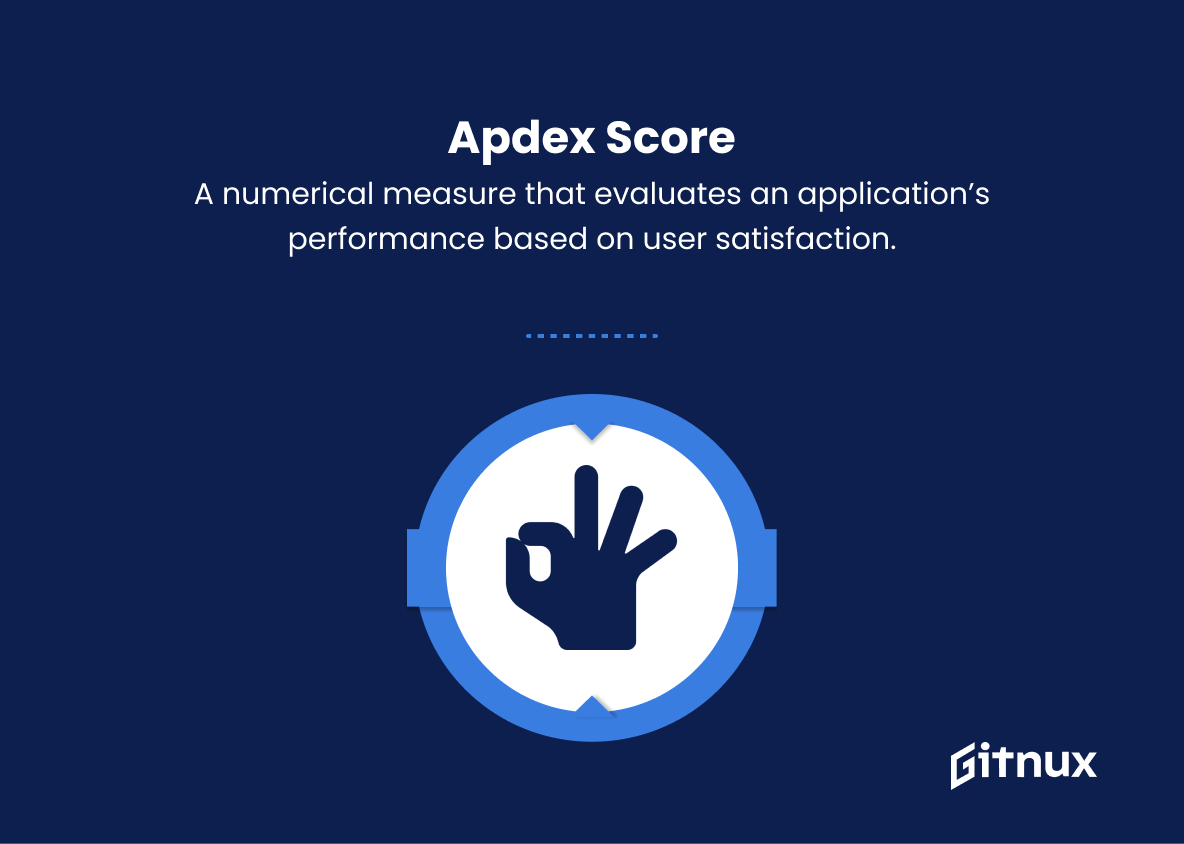In today’s increasingly interconnected and data-driven world, the importance of monitoring and measuring application performance cannot be overstated. Application Metrics serve as a powerful tool to not only track the overall health of an application but also to identify anomalies, optimize performance, and enhance user experience.
In this thought-provoking blog post, we will delve into the realm of Application Metrics, exploring their significance, various types, and best practices for successful implementation. Whether you are a developer, operations professional, or business stakeholder, this comprehensive guide aims to shed light on the crucial role that these metrics play in ensuring the efficiency, stability, and competitiveness of your applications in a fast-paced digital landscape.
Application Metrics You Should Know
1. Response time
The time taken by an application to process a single request, measured from the moment the request is received to when a response is sent back to the client. Lower response times indicate faster applications.
2. Throughput
The number of requests an application can handle per unit time. Higher throughput indicates a more efficient application that can handle increased load.
3. Error rate
The percentage of requests resulting in errors (e.g., 4xx and 5xx HTTP status codes). Lower error rates indicate a more stable and reliable application.
4. Apdex score
A numerical measure that evaluates an application’s performance based on user satisfaction. It considers response times and error rates to determine if the application is meeting performance targets.
5. CPU usage
The percentage of the processor’s capacity used by an application. This metric indicates the efficiency of the application and its resource consumption. Lower CPU usage is generally better, implying that the application is well-optimized.
6. Memory usage
The amount of system memory allocated to and used by an application. This metric also indicates the efficiency of the application and its resource consumption. Lower memory usage is generally better, suggesting that the application is well-optimized.
7. Disk usage
The amount of disk space used by an application for storage and caching. Minimizing disk usage can help ensure the application’s scalability and efficiency.
8. Network latency
The time it takes for a request to travel between the client and server or between different servers in an application. Lower network latency indicates improved application performance and better user experience.
9. Cache hit ratio
The percentage of data requests that are served from the cache instead of being fetched from the database or other sources. Higher cache hit ratios indicate better caching strategies and faster application performance.
10. Database query performance
The time it takes to execute specific database queries, as well as the throughput of running queries within the application. Optimizing database queries can significantly improve application performance.
11. Garbage collection
The frequency and duration of garbage collection events in an application, which are responsible for freeing up memory from unused objects. Efficient garbage collection can improve an application’s memory consumption and performance.
12. Thread and connection pool usage
The number of concurrently executing threads and open connections in an application. Monitoring these metrics can help identify bottlenecks, optimize the application for concurrency, and maintain a responsive system under heavy load.
13. Request size
The size of incoming requests in bytes, including headers, payload, and other metadata. Monitoring request size can help optimize request handling and improve application performance.
14. Response size
The size of outgoing responses in bytes, including headers, content, and other metadata. Monitoring response size can help identify issues related to inefficient data handling and optimization.
15. Availability
The percentage of time an application is available to users without any issues or downtime. High availability is crucial for ensuring a reliable and consistent user experience.
Application Metrics Explained
Application metrics matter because they provide valuable insights into the performance, reliability, and efficiency of an application. Metrics such as response time, throughput, and error rate directly affect the user experience and are crucial for maintaining a fast and stable application. The Apdex score helps evaluate user satisfaction, while resource consumption metrics like CPU, memory, and disk usage indicate the application’s efficiency and optimization. Network latency and cache hit ratio shed light on the infrastructure and caching strategies, while database query performance and garbage collection indicate possible areas for optimization.
Metrics like thread and connection pool usage help identify bottlenecks and concurrency issues, while request and response size monitor data handling efficiency. Lastly, availability measures the consistency and reliability of the application, which is essential for ensuring a positive user experience. Together, these metrics offer a comprehensive view of the application’s health and performance, enabling informed decisions to optimize and enhance its overall performance.
Conclusion
In conclusion, application metrics play a vital role in evaluating and improving an application’s performance, functionality, and overall user experience. By continuously monitoring and analyzing these metrics, organizations can make informed decisions based on quantifiable data, enabling them to optimize their applications effectively.
However, it is essential to focus on relevant metrics, develop actionable insights, and foster a culture of continuous improvement to truly capitalize on the benefits of application metrics. By efficiently leveraging application metrics, businesses can stay ahead of their competition, enhance customer satisfaction, and achieve sustainable growth in today’s fast-paced digital landscape.















